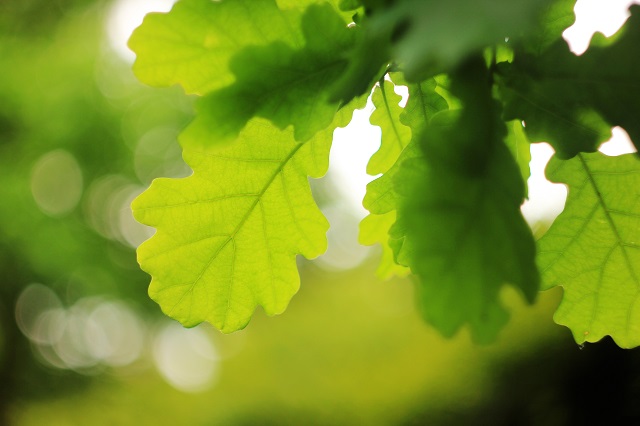Feb 1 2016
 Image Credit - Natata/Shutterstock.com
Image Credit - Natata/Shutterstock.com
ACS Applied Materials Interfaces recently published a study conducted by University of Maryland scientists, who have discovered a new method for preparing batteries. This preparation method starts with baking a leaf, and adding sodium. The scientists used a carbonized oak leaf filled with sodium as a negative terminal or anode for the demonstration battery.
Leaves are so abundant. All we had to do was pick one up off the ground here on campus.
Hongbian Li, Visiting Professor, Materials Science and Engineering, University of Maryland
In comparison with several other studies that used peat moss, banana peels, and melon skin, this new study used a leaf that requires less preparation.
Lithium is used in most of the currently available rechargeable batteries. The scientists are attempting to use sodium, which can hold more charge, but will not be able to handle too many charge-and-discharge cycles, unlike lithium.
They had difficulty in spotting an anode material appropriate for sodium, which is a bit larger than lithium. Other scientists have used graphene with other materials in order to attract and keep back the sodium, but using graphene was found to be expensive and time intensive to fabricate. In this work, the leaf was heated for one hour at 1,000°C to burn everything except the carbon structure.
Pores are formed on the lower part of the maple leaf so that the leaf can absorb water. The new design allows the sodium electrolyte to be absorbed by the pores. The carbon layers at the top that toughen the leaf are treated as nanostructured carbon sheets, which absorb the sodium carrying the charge.
"The natural shape of a leaf already matches a battery’s needs: a low surface area, which decreases defects; a lot of small structures packed closely together, which maximizes space; and internal structures of the right size and shape to be used with sodium electrolyte," said Fei Shen, a visiting student in the department of materials science and engineering and the other main author of the paper.
We have tried other natural materials, such as wood fiber, to make a battery. A leaf is designed by nature to store energy for later use, and using leaves in this way could make large-scale storage environmentally friendly.
Liangbing Hu, Assistant Professor, Materials Science and Engineering
The next step, Hu said, is "to investigate different types of leaves to find the best thickness, structure and flexibility" for electrical energy storage. The researchers have no commercializing plans yet.
The work received support from the Department of Energy’s Energy Frontier Research Center program, as part of Nanostructures for Electrical Energy Storage.